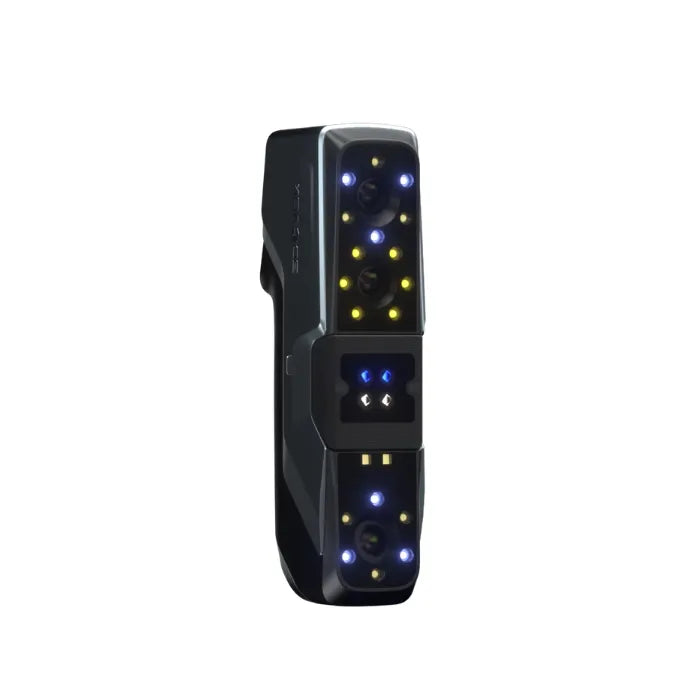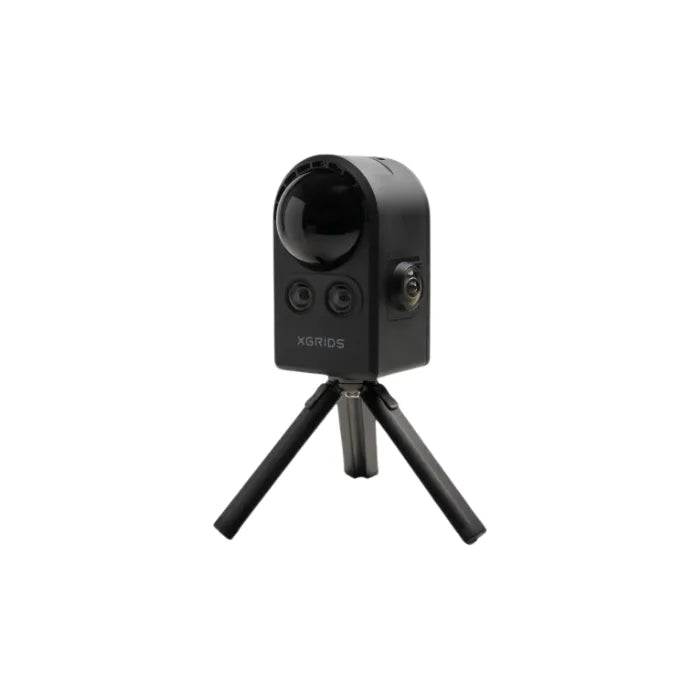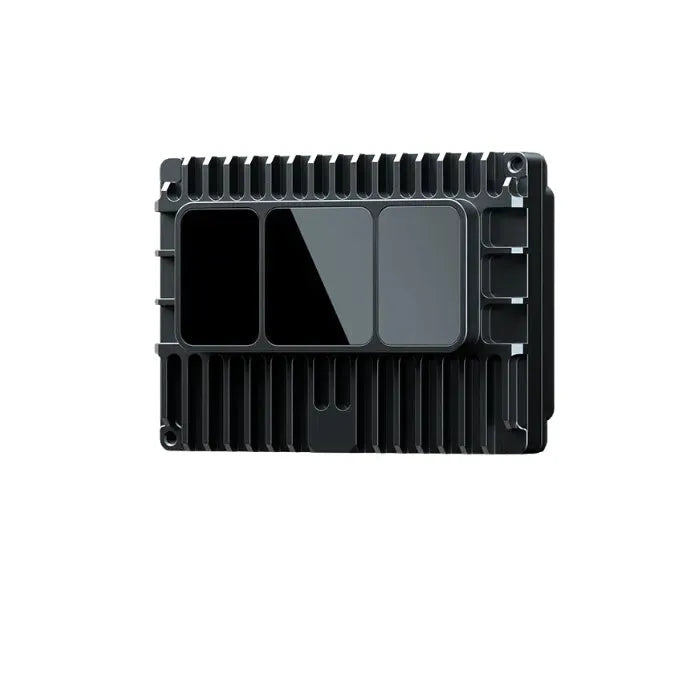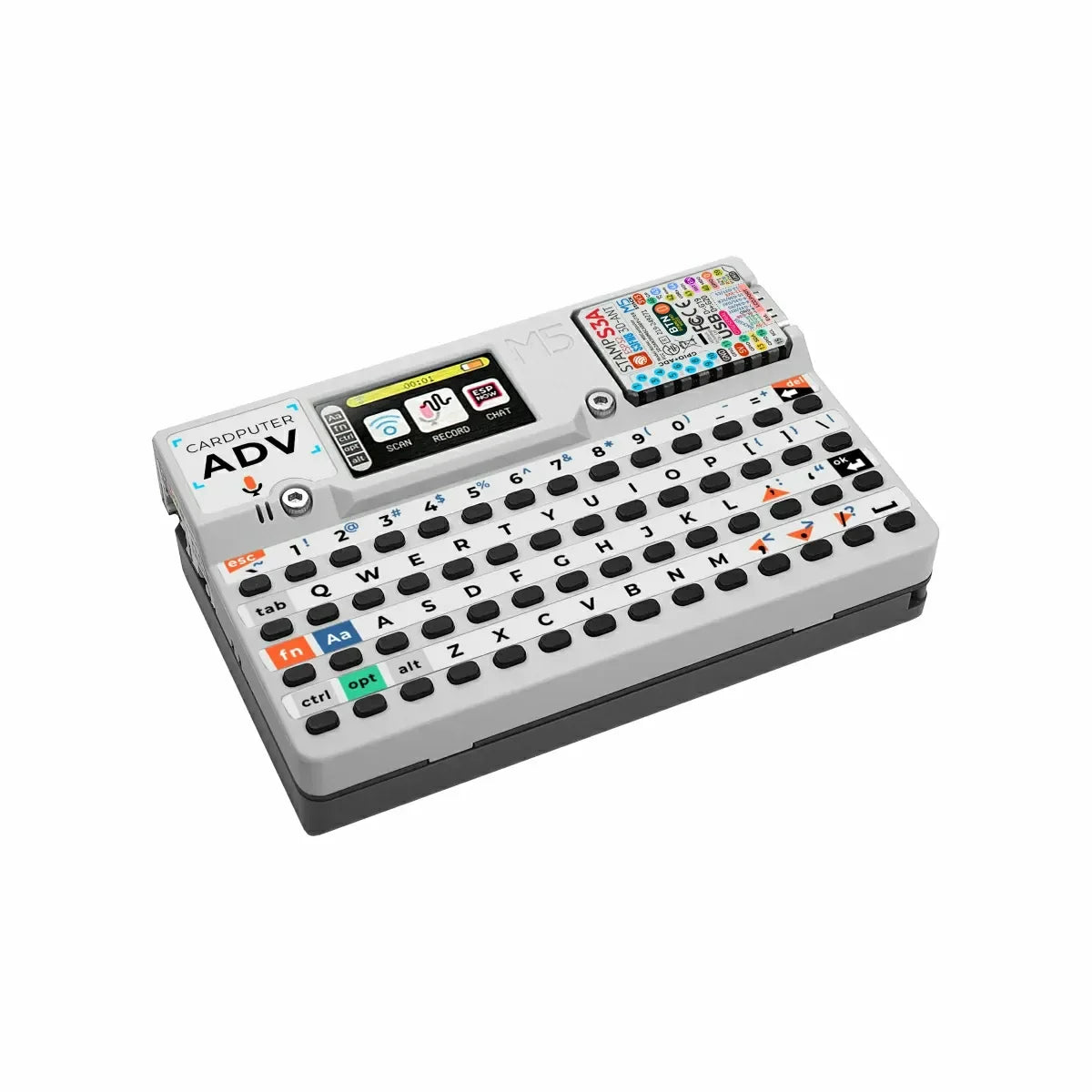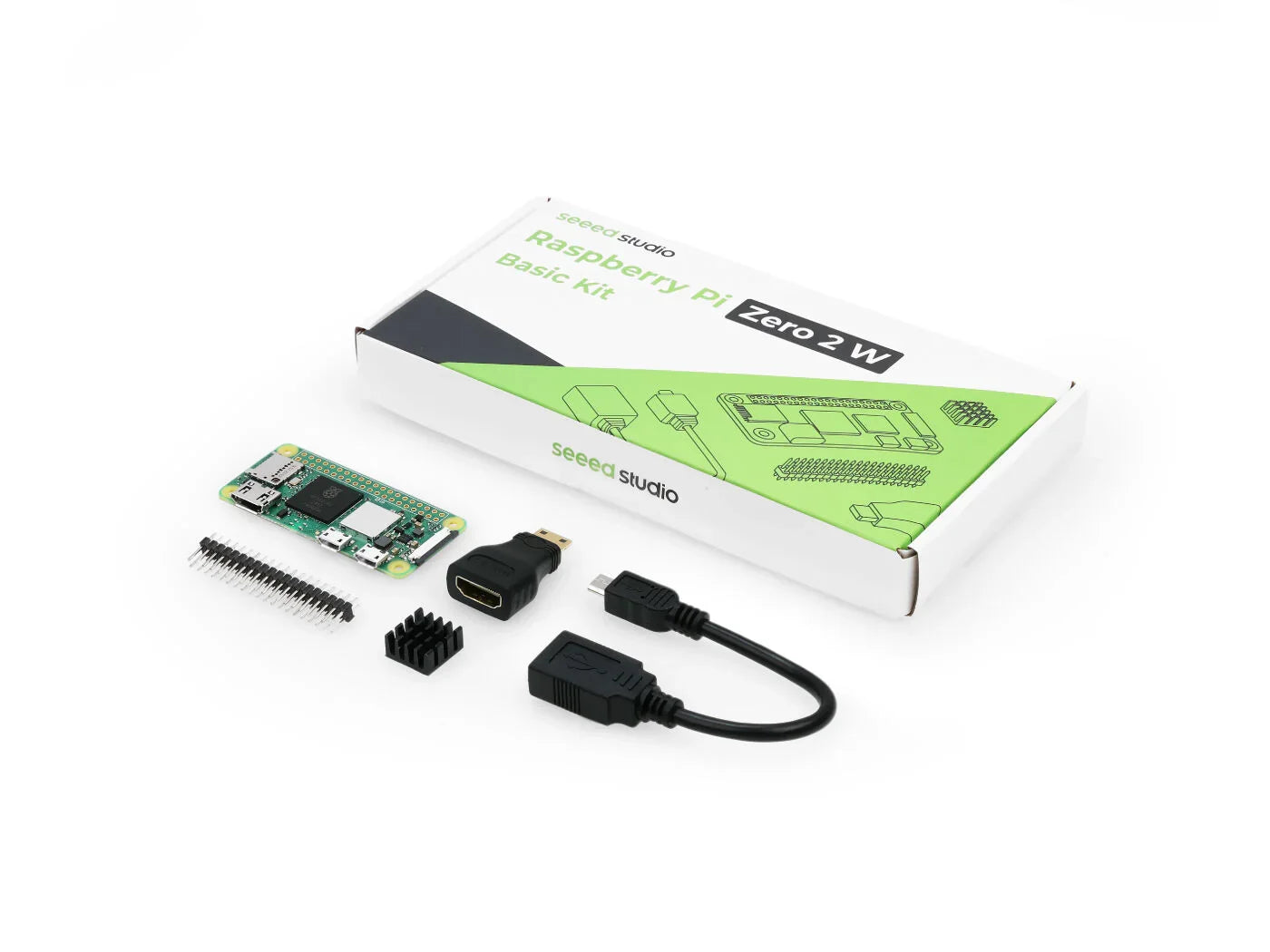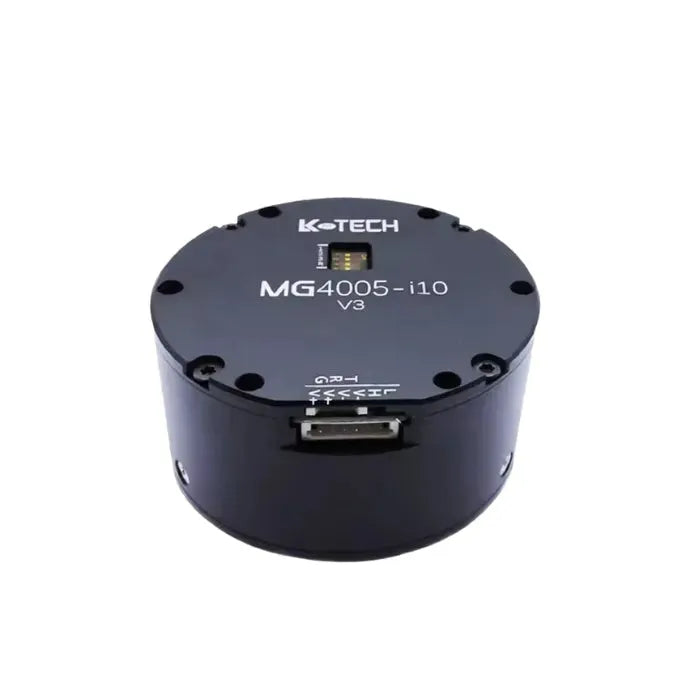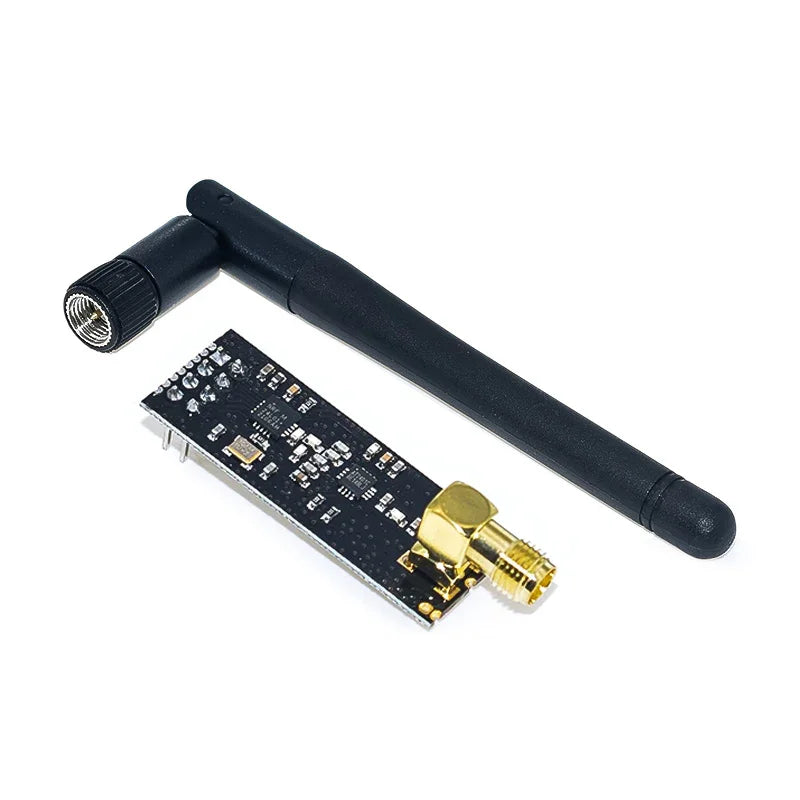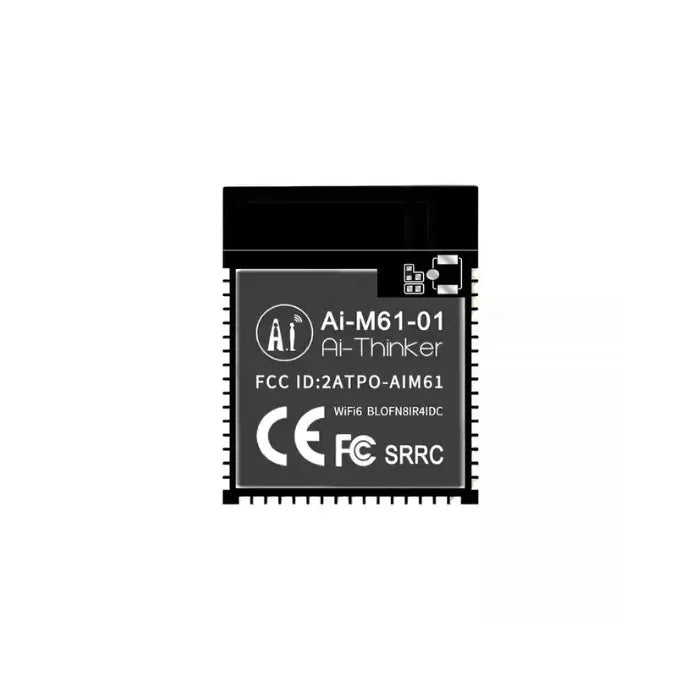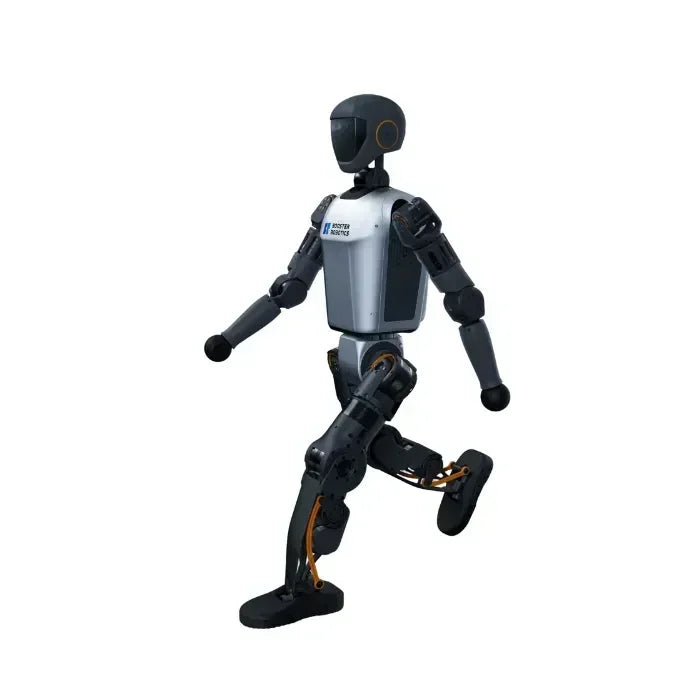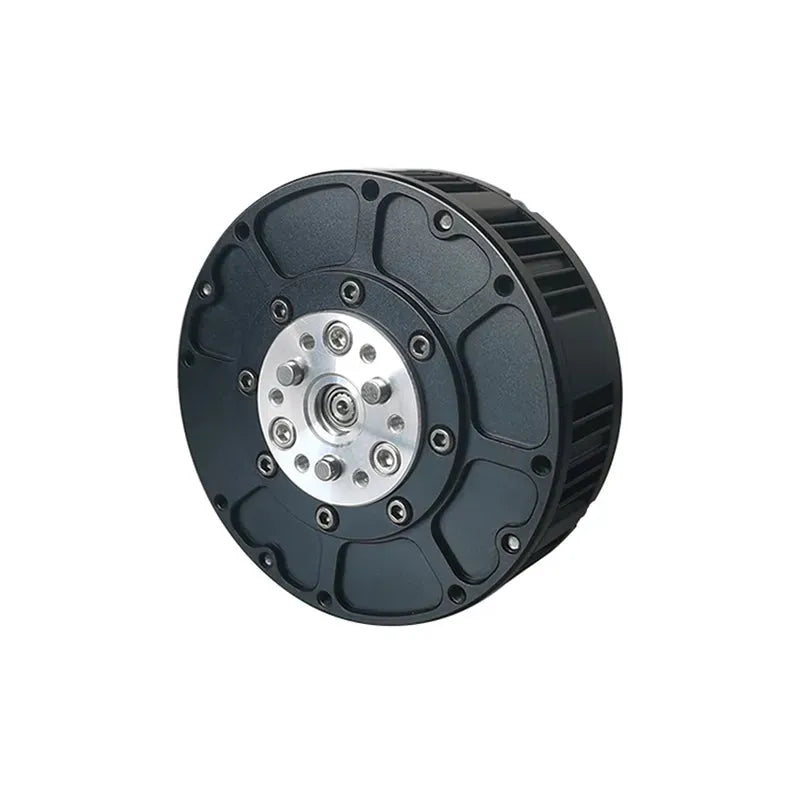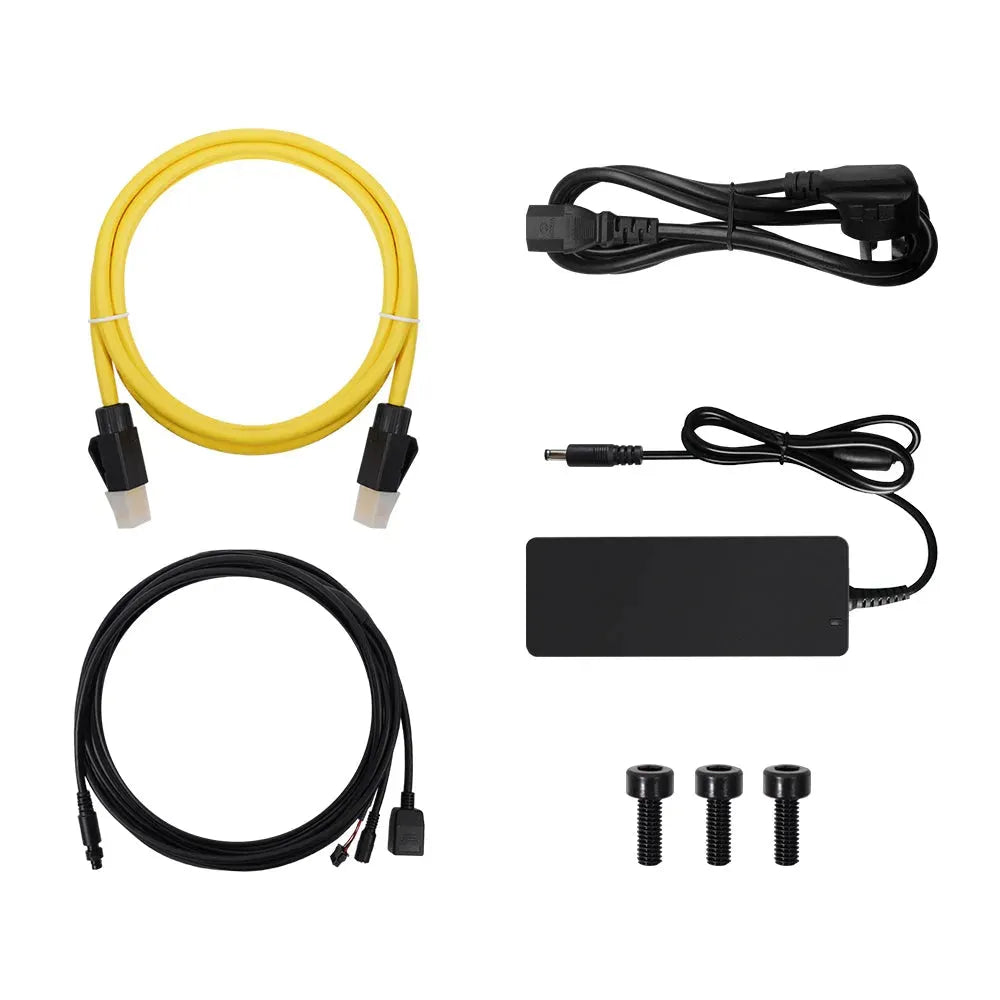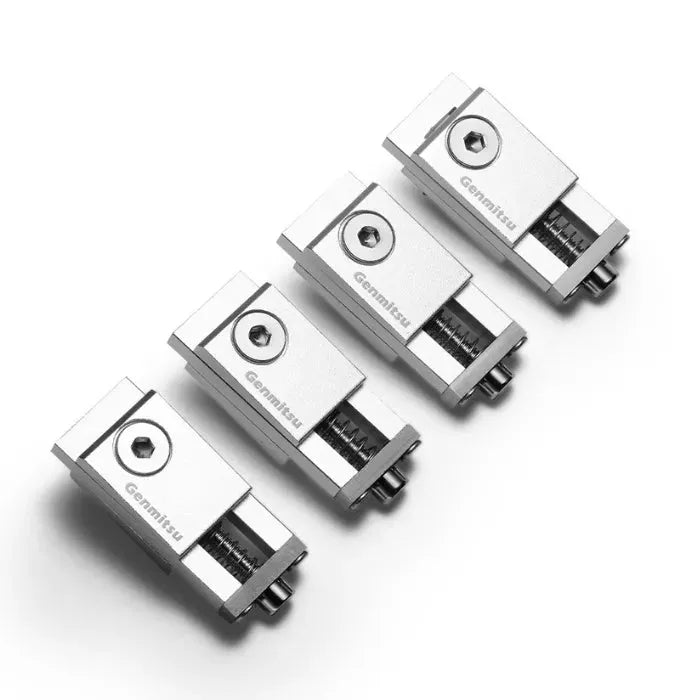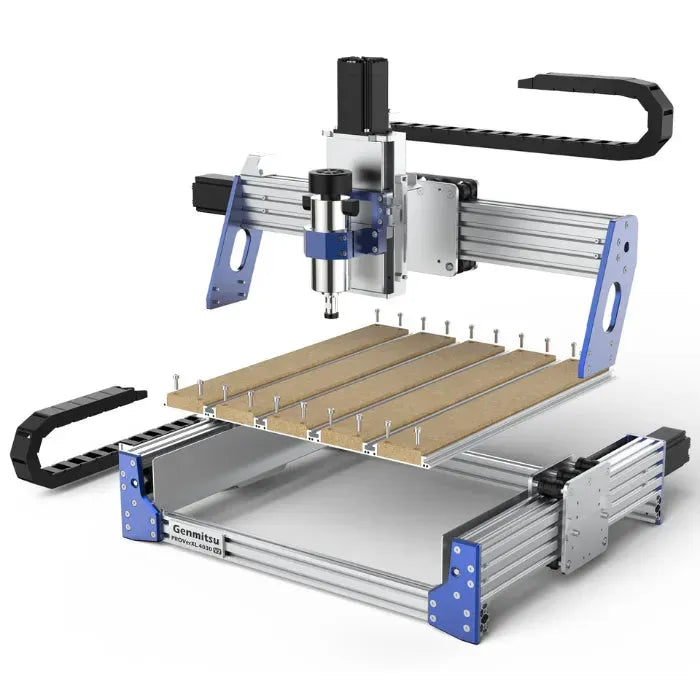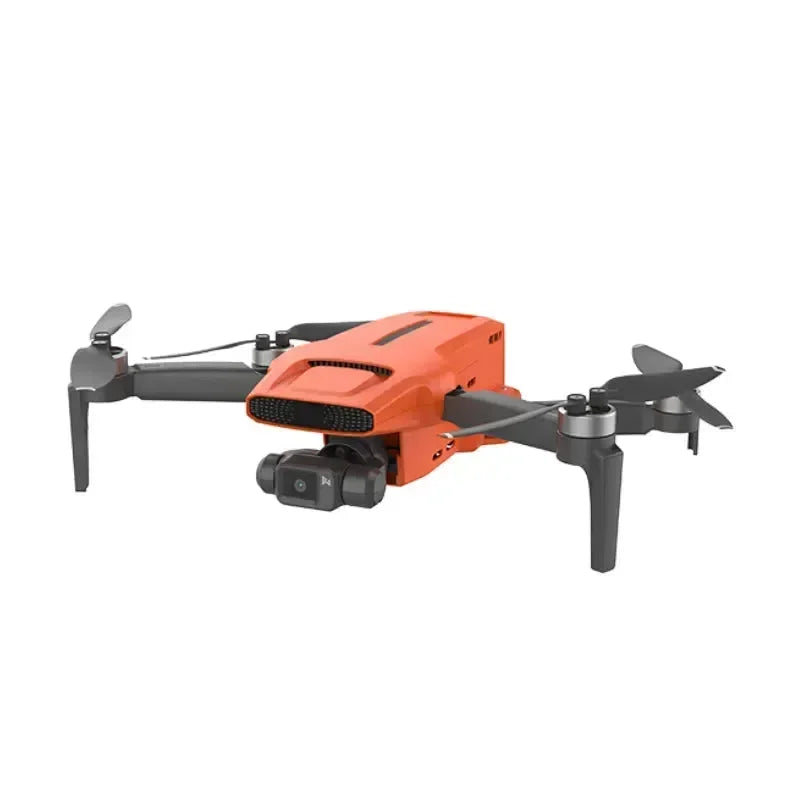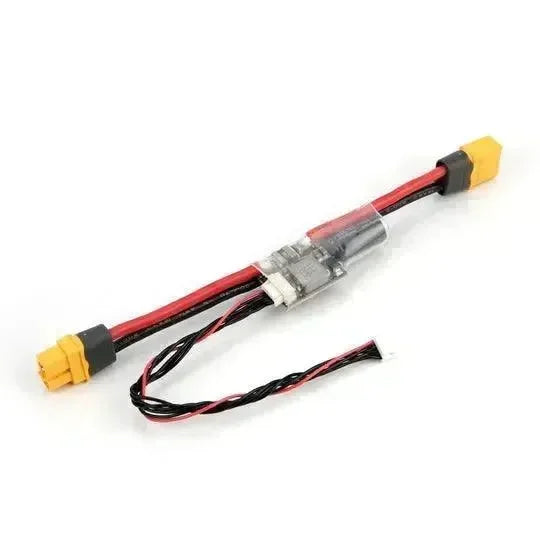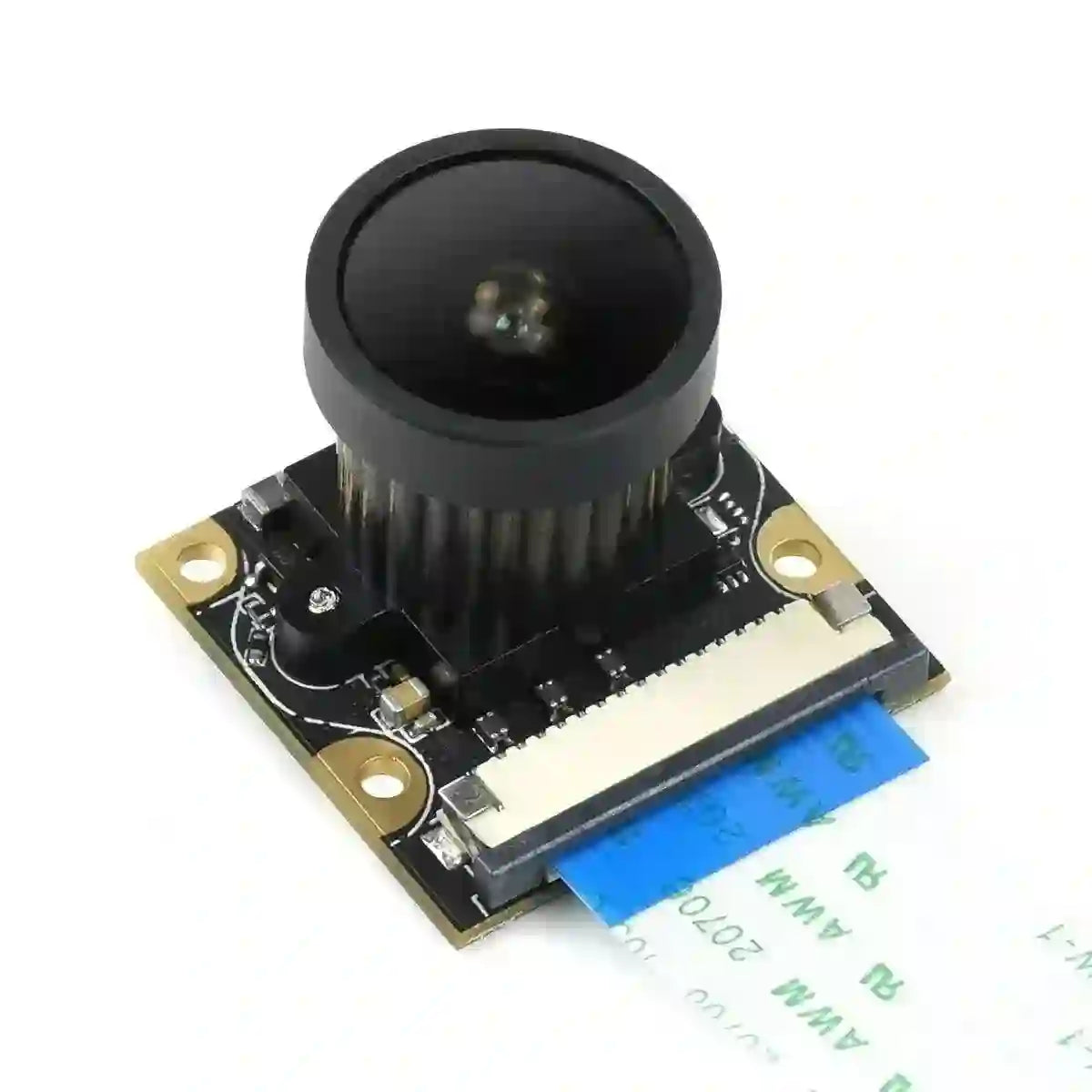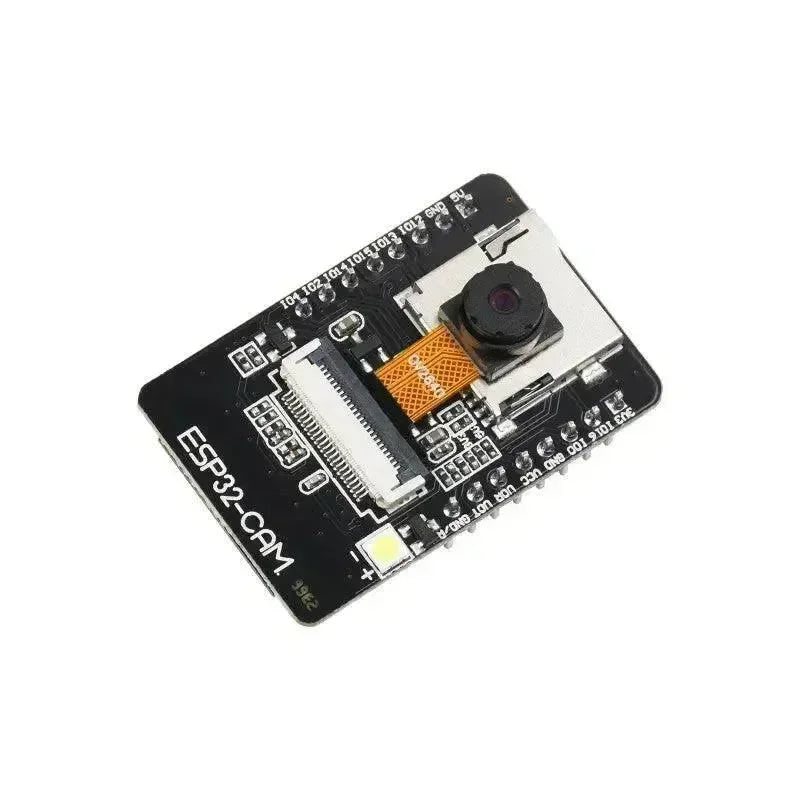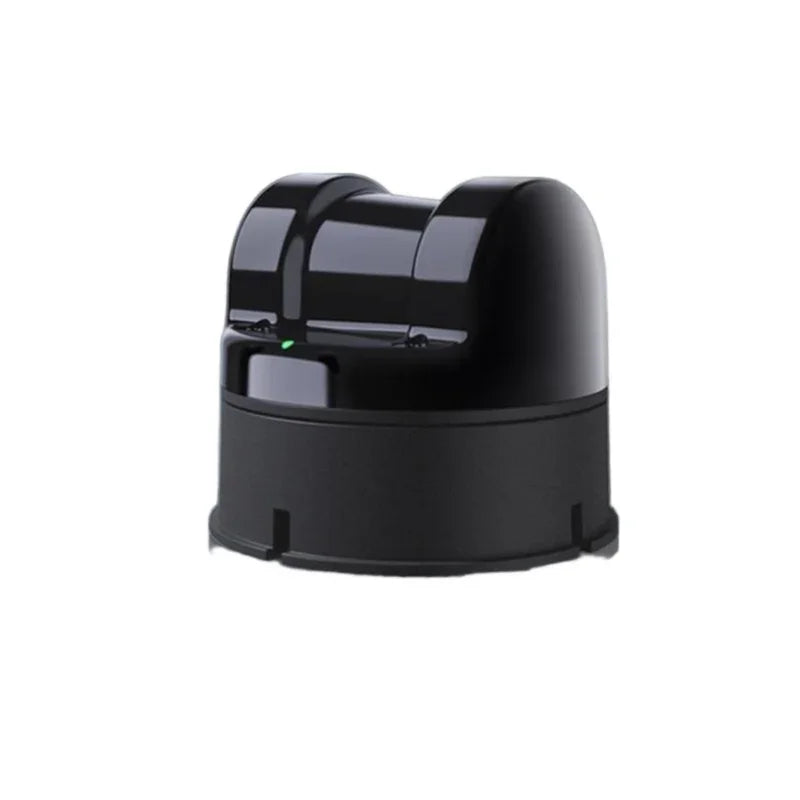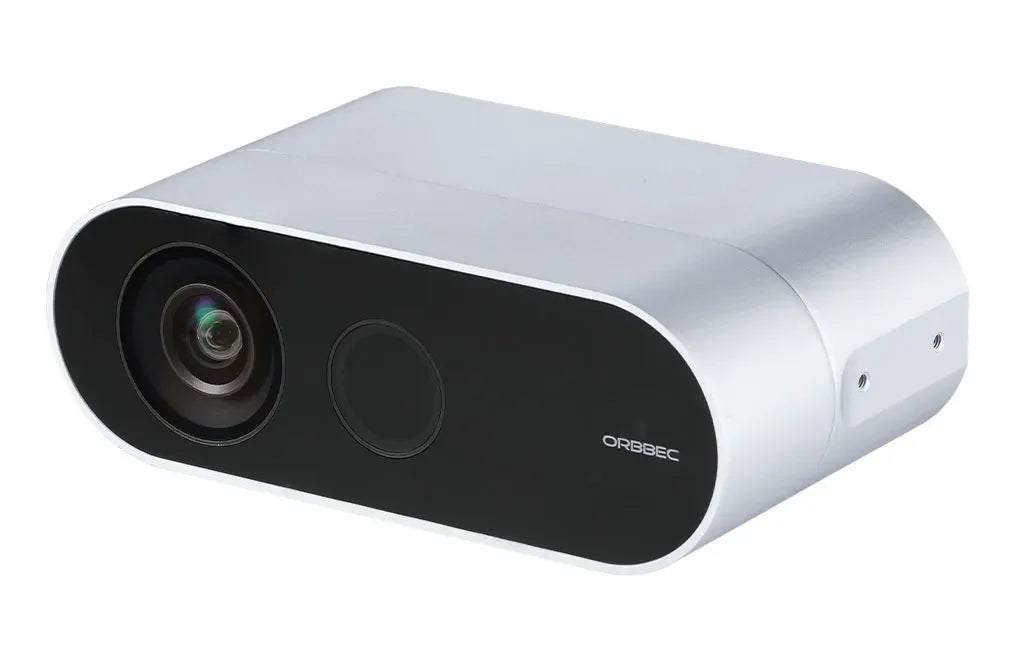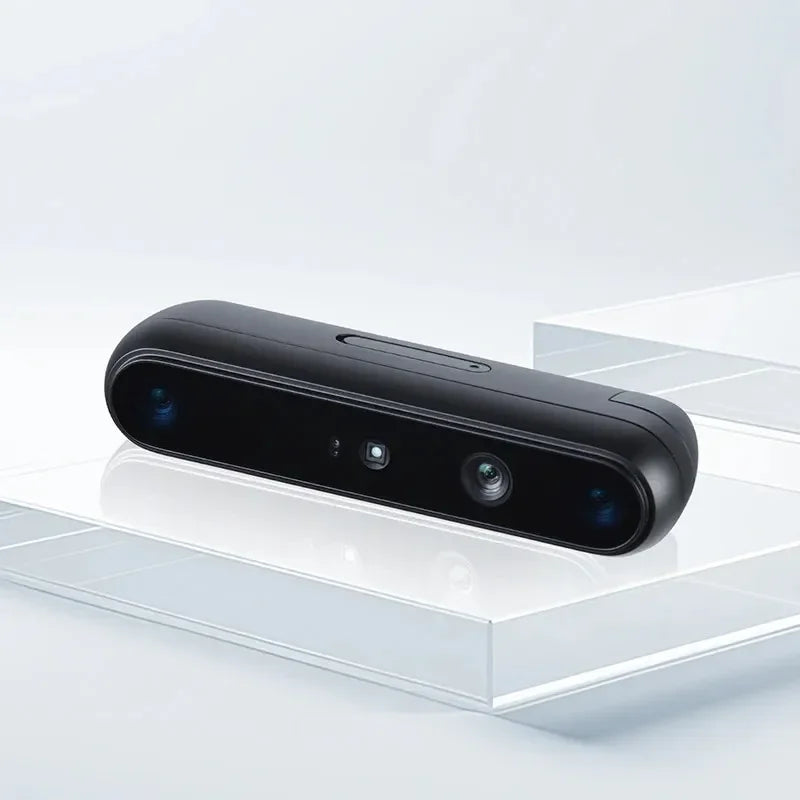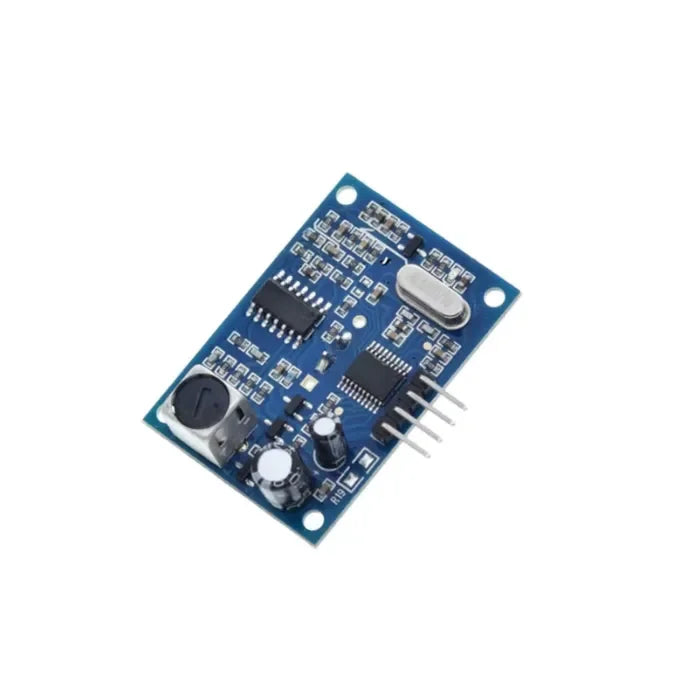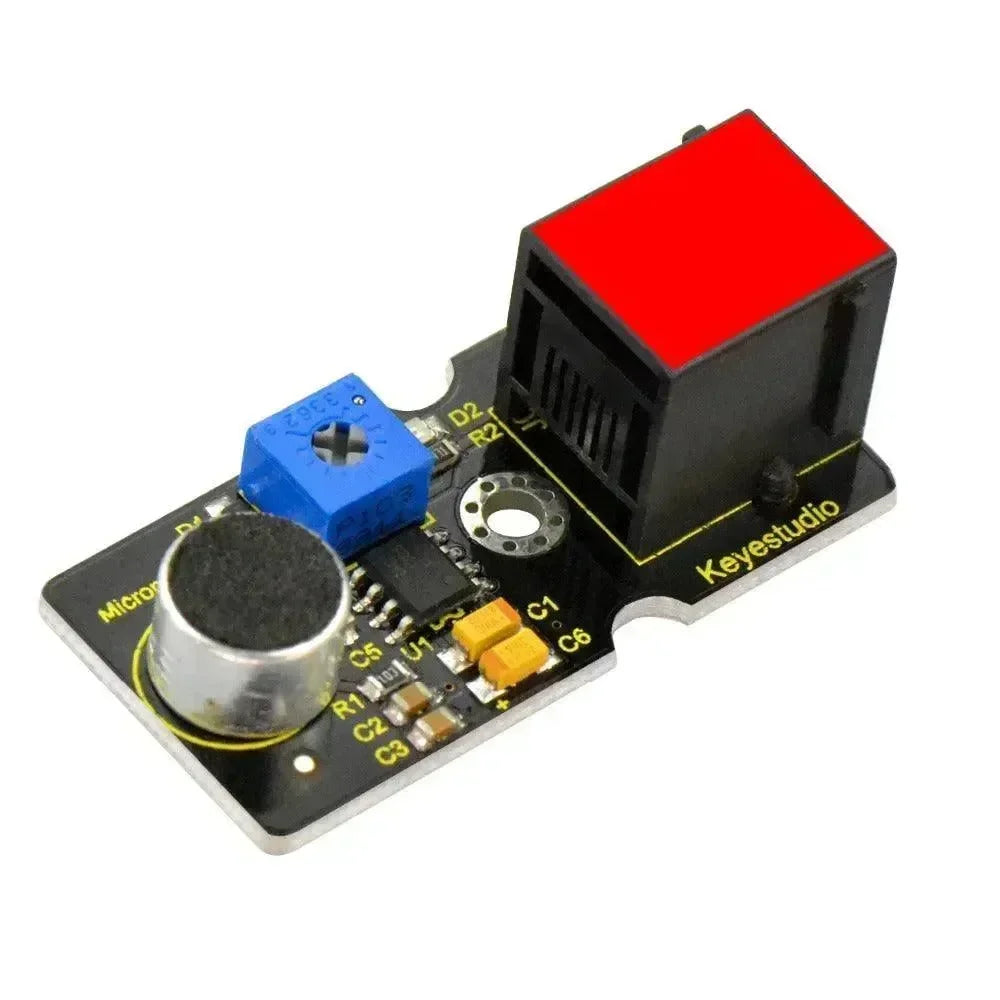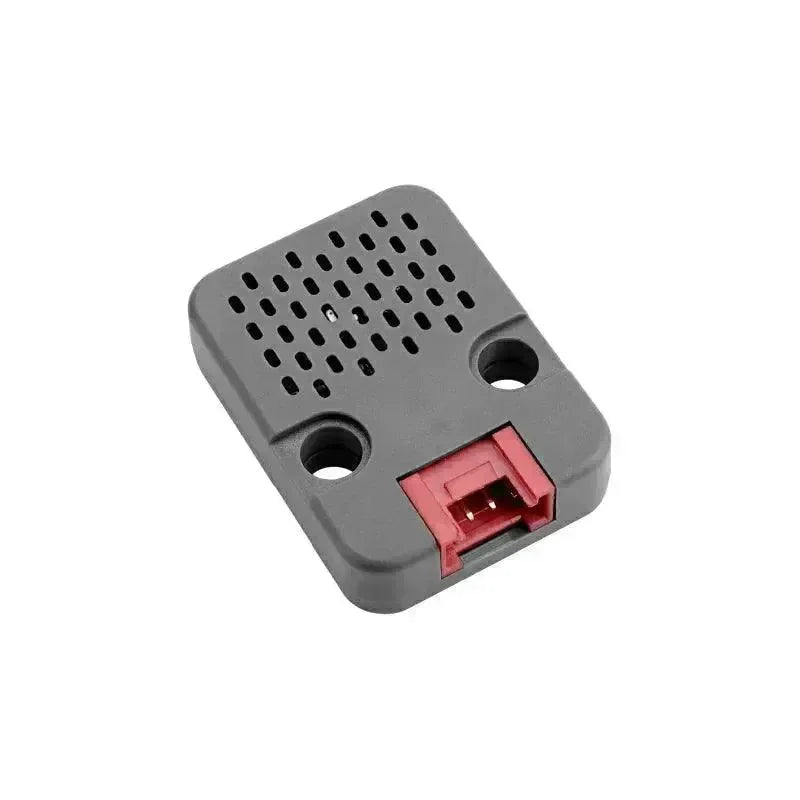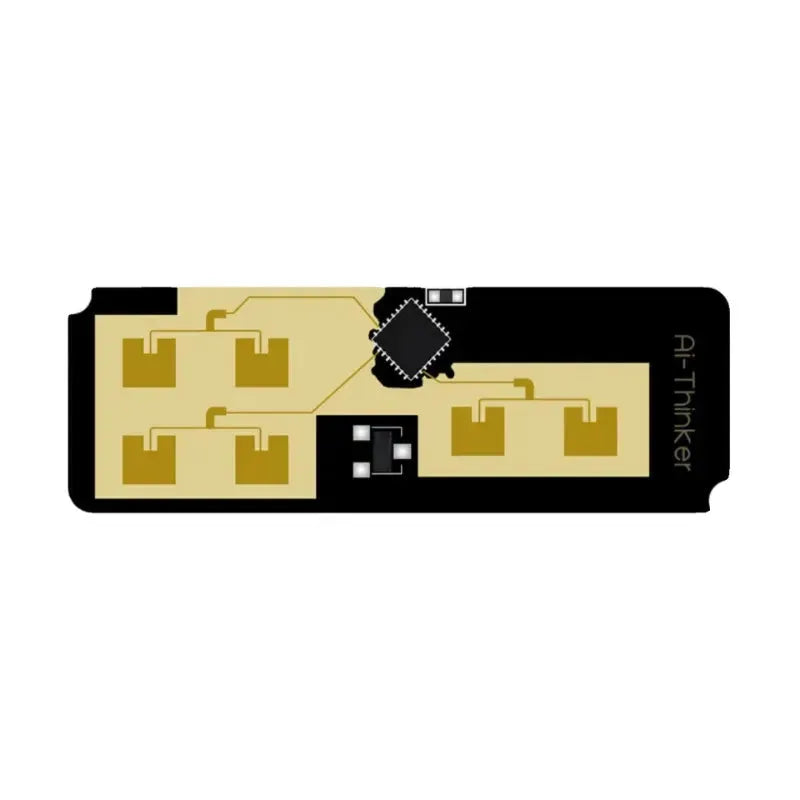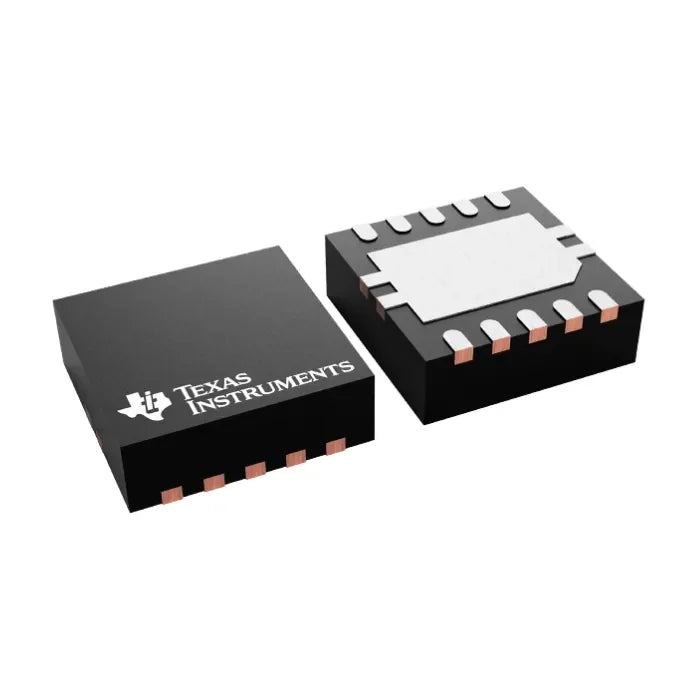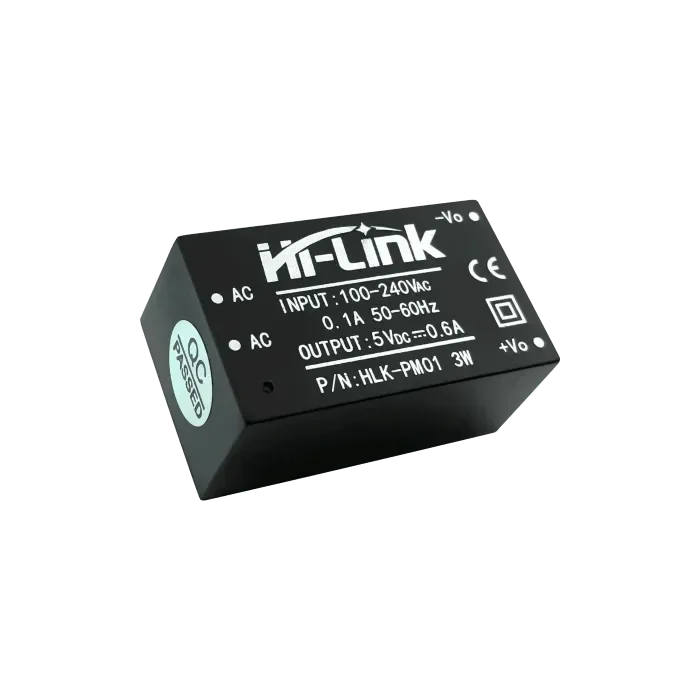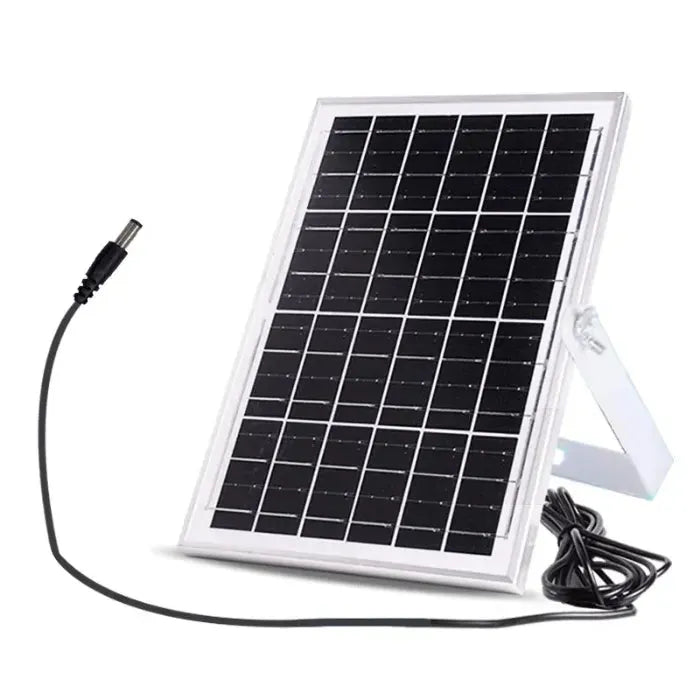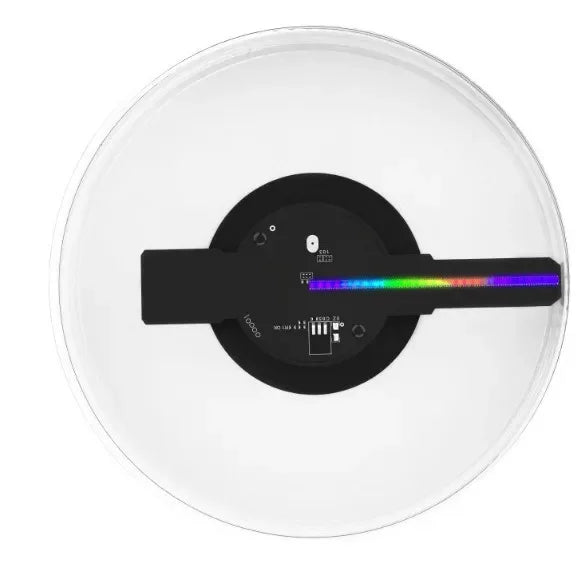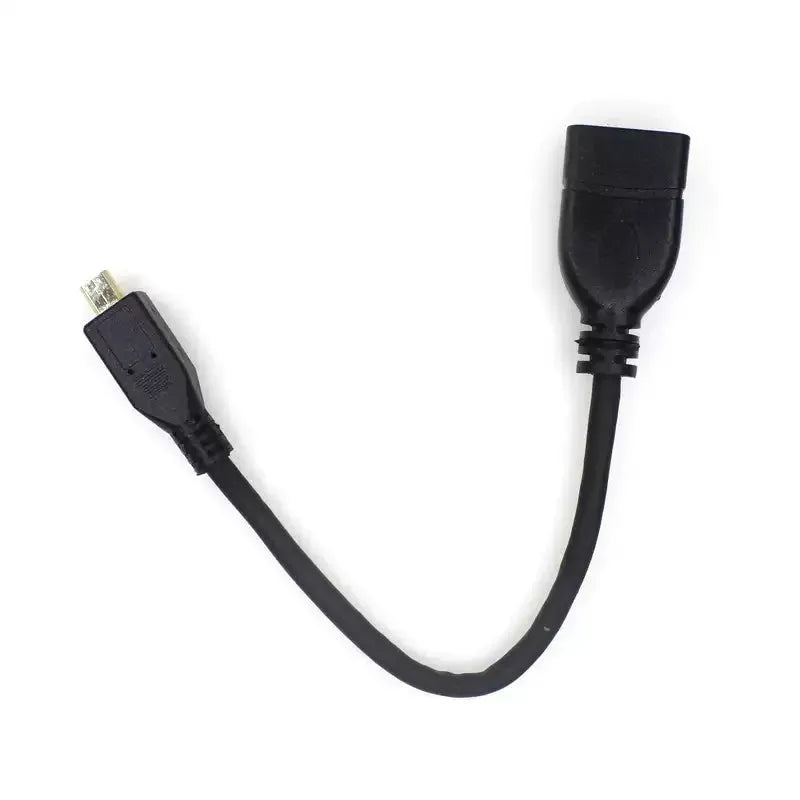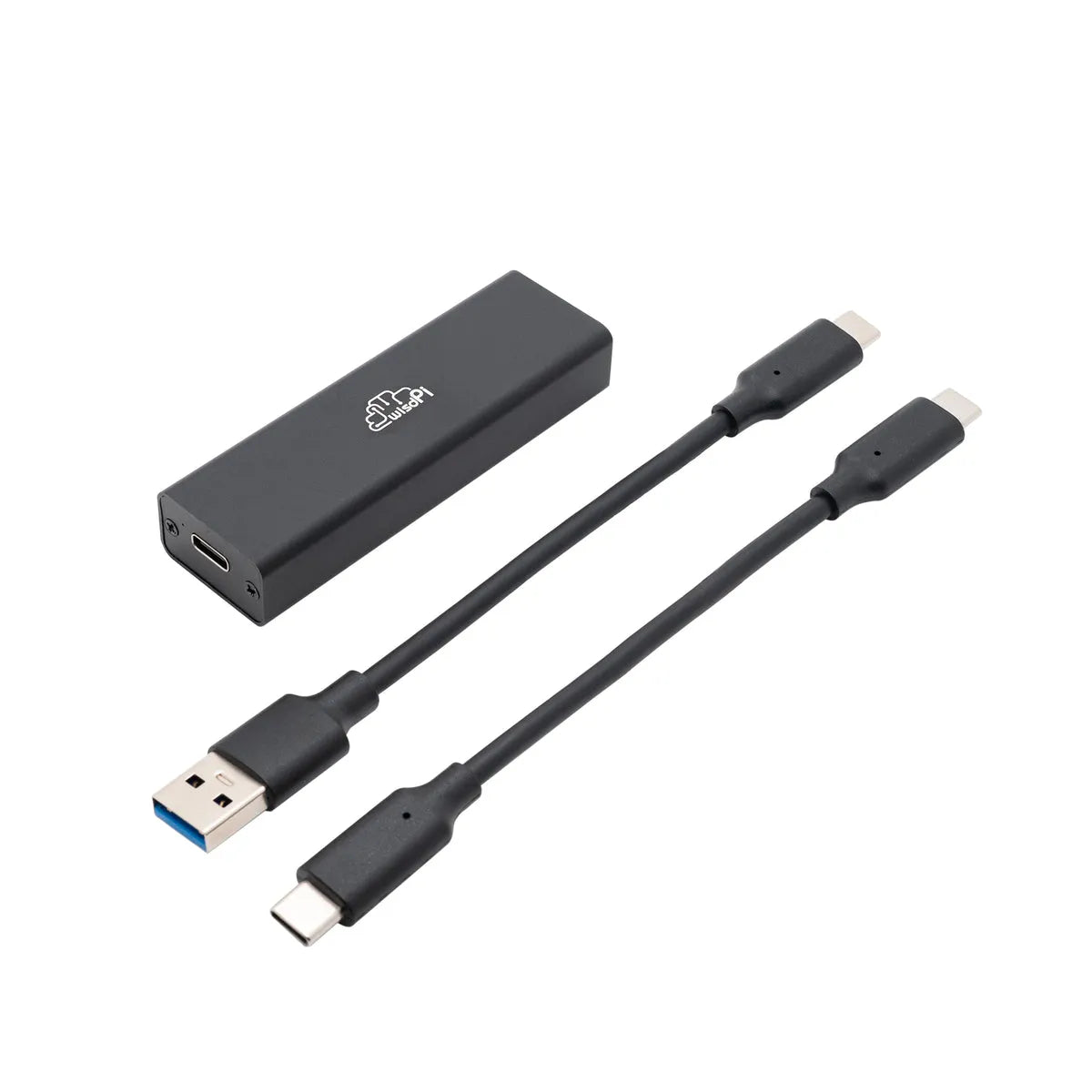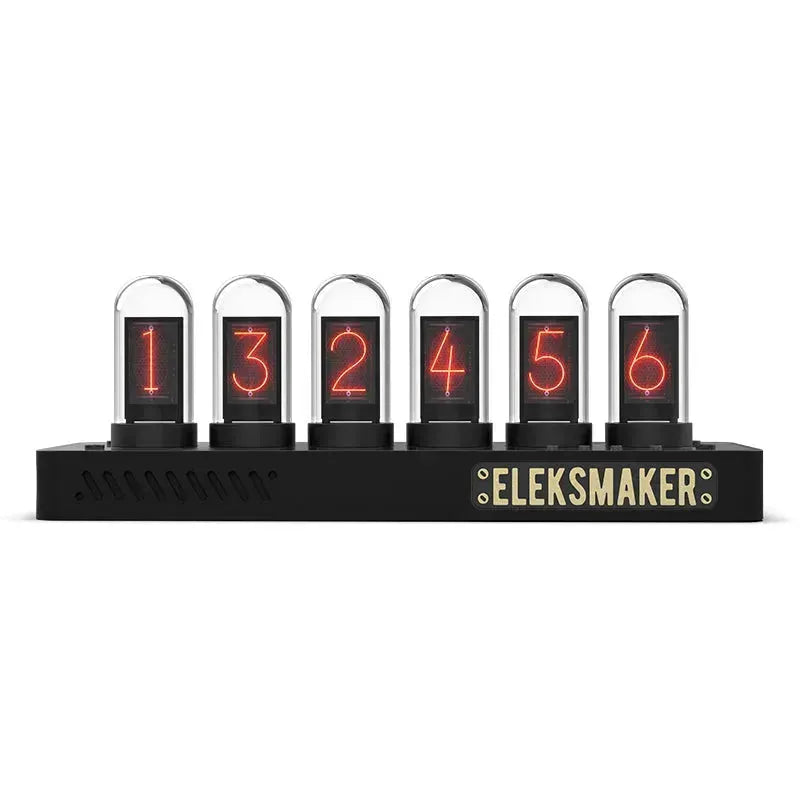What is ESP32?
The ESP32, developed by Espressif Systems, has gained immense popularity since its launch in 2016. This microcontroller is renowned for its versatility, combining both Wi-Fi and Bluetooth connectivity within a single chip, making it a preferred choice for a wide range of Internet of Things (IoT) and smart device applications.
Key Features of ESP32
-
Dual-Core Processor: The ESP32 features a dual-core processor that can run at speeds up to 240 MHz, providing significant computational power for various tasks.
-
Connectivity: It supports Wi-Fi (802.11 b/g/n) and Bluetooth (Classic and BLE), enabling seamless communication across different devices.
-
Rich I/O Options: The chip includes various GPIOs, ADCs, DACs, and interfaces such as SPI, I2C, and UART, allowing developers to connect to multiple sensors and modules.
-
Low Power Consumption: Designed for battery-powered applications, the ESP32 features multiple power-saving modes that help extend the life of devices.
Evolution from ESP32 to ESP32 S3
In 2021, Espressif launched the ESP32 S3, further enhancing the features and capabilities of its predecessor. This new version retains much of the original architecture while introducing significant advancements.
Enhanced Processing Power
Processor Architecture: Both the ESP32 and ESP32 S3 utilize a dual-core architecture, but the S3 features an upgraded version that improves processing efficiency, particularly for computational-heavy tasks. The S3 is better optimized for real-time applications.
Machine Learning Capabilities
Built-in ML Acceleration: One of the groundbreaking advancements of the ESP32 S3 is its support for machine learning applications. It includes dedicated hardware accelerators for neural network computations, enabling the execution of ML models directly on the chip. This reduces latency and dependence on cloud computing, allowing for real-time processing on the edge.
Improved Connectivity
Bluetooth 5.0 Support: While the ESP32 supports Bluetooth Classic and BLE, the S3 enhances this with Bluetooth 5.0 compatibility. This upgrade provides benefits like improved range, higher data transmission rates, and the ability to maintain connections with multiple devices simultaneously, making it suitable for more complex IoT networks.
Enhanced Wi-Fi Performance: The Wi-Fi capabilities of the ESP32 S3 remain robust with 802.11 b/g/n support but are optimized for better durability in challenging environments.
Memory and Storage Enhancements
Increased RAM and Flash: The ESP32 S3 offers greater RAM capacity and flash memory options compared to the original ESP32. This allows developers to handle more complex algorithms, store large datasets, and run sophisticated applications without performance bottlenecks.
Security Enhancements
Advanced Security Features: The ESP32 S3 introduces improved security measures, including:
Hardware Encryption: Supports AES, SHA, and other cryptographic algorithms natively, ensuring data integrity and confidentiality in communications.
Secure Boot: Protects against unauthorized access and ensures that only verified code runs on the device, enhancing overall security for applications that handle sensitive information.
Power Efficiency Updates
Optimized Power Modes: The ESP32 S3 includes advancements in power management, allowing for more efficient transitions between different power states. This optimizes energy consumption based on workload requirements, which is critical for battery-powered devices.
Application Scenarios
The enhancements in the ESP32 S3 open up a plethora of application opportunities across various domains:
-
Smart Home Automation: The combination of Wi-Fi and Bluetooth allows for seamless integration of smart home devices, enabling users to control appliances, lights, and security systems from their smartphones or other devices.
-
Wearable Health Devices: With its low power consumption and Bluetooth 5.0 support, the ESP32 S3 is ideal for wearable technology focused on health monitoring, fitness tracking, and real-time data processing.
-
Edge AI Applications: The capability to run machine learning models locally makes the ESP32 S3 an excellent choice for applications that require quick data analysis, such as predictive maintenance, facial recognition, and real-time decision-making.
-
Industrial Automation: Its robust features and enhanced connectivity make it suitable for smart sensors and controllers used in industrial environments, contributing to smarter and more efficient production processes.
Conclusion
The transition from the ESP32 to the ESP32 S3 marks a significant evolution in microcontroller technology, with a strong emphasis on machine learning, improved connectivity, and enhanced security features. As the demand for smart and connected devices continues to rise, the ESP32 S3 is poised to play a pivotal role in shaping the future of IoT applications. With its rich capabilities, developers are equipped to create innovative solutions that address the evolving needs of the market.

